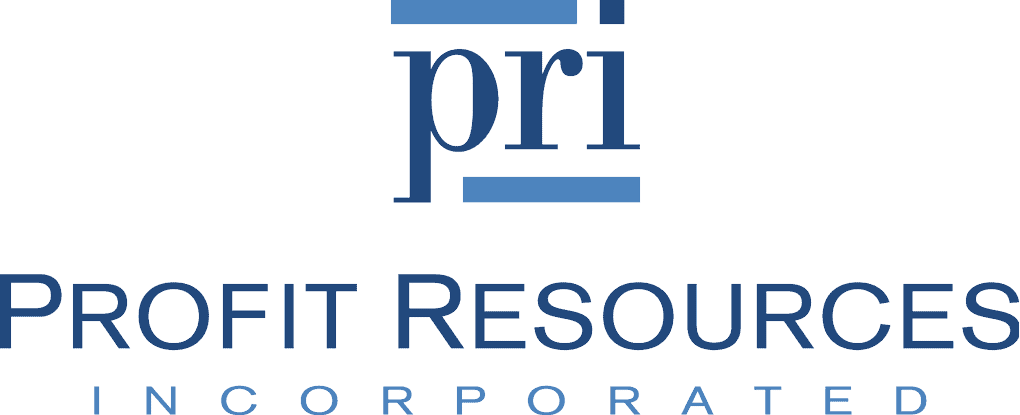
Community Banking Basics for 2020
Brought to you by Profit Resources

In
recent years, many financial institutions have experienced dramatic growth both
organically and through acquisitions.
Growth has been so strong that the industry has been busy “riding the wave” without paying close attention to the details of building expense. This year, while some executives are preparing for an economic downturn, others are positioning for continued growth. Either way, 2020 is the right year to get back to basics of banking for community banks, focusing on key expense reductions and cost control.
Efficiency/Productivity
A bank that is highly productive and efficient gets the highest and best use out of its staff. This could mean combining roles, like with a universal banker, or transforming a call center into a profit center, with customer service representatives actively identifying customer needs and selling additional products.
Additionally,
executives should implement staffing models throughout the bank that are measured
by sales and servicing activities. If loan volumes are decreasing, banks can adjust
staffing levels on both the front end and in the back office. Did you implement
new technology that requires less staff? Or did you implement a new system but
you continue to use it like the old system? Employ staffing models based upon
community bank benchmarks, and be nimble. It’s never too soon to right-size the
bank in order to protect and prepare for the future.
Technology
Technology costs should be one of the main levers that the bank can use to reduce expenses by controlling costs. First of all, ensure that closed deposit and card accounts and inactive ancillary accounts like bill pay and online banking are purged regularly. Secondly, pay attention to your core solution: explore options, renegotiate contracts and look for duplication between third-party solutions and your core. And finally, shop connectivity options. If your bank could use assistance in cutting technology costs, 50% of banks hire consultants to supplement in-house expertise.
Retail Delivery
The branch is not dead, but many banks may still have room for consolidation. Executives should keep an eye on leases and conduct branch rationalization studies; focus on where accounts are being opened as well as accounts and customers are serviced. But branches aren’t the only focus of retail delivery – 67% of banks are enhancing their digital delivery as more and more customers take advantage of digital options. Do you know how your customers are using your delivery system? Are you spending your resources in the right place? Are the features and functionality of your digital channels competitive? Is customer enrollment and technology adoption simple and timely?
Debit Card Expense, Income
In this rapidly changing space, considering other providers and renegotiating the EFT (electronic funds transfer) contract can be the most impactful ways to lower related processing costs. On the flip side, utilizing the right PIN network can be the most impactful way to increase interchange income. Do executives at your bank know the most profitable arrangement? Pay attention to both sides of the equation to increase debit card profitability. Additionally, take a look at your fraud protection services to ensure your bank doesn’t over-invest and duplicate debit card fraud services. Some banks have fraud protections with their EFT provider while paying for fraud services from a third party. Additionally, consider issuing replacement cards at an interval of every 4 to 5 years, instead of every 2 to 3 years, and do not reissue inactive cards.
Statement Processing
Processing statements for one account doesn’t amount to much expense, but processing statements for thousands of accounts does. Take a look at the details behind the account statement processing to reduce costs, and consider promoting combined statements for those customers still wanting paper statements. Increase e-statement penetration through direct customer contact initiatives, employee incentives, target adoption rates and assess paper statement fees. All basic or free accounts should default to an e-statement. Some banks continue to process statements internally, but an outsourcing partner can help cut total costs.
Paper Handling Costs
Eliminating paper around the bank has become easier and impacts the bottom line dramatically. Banks that leverage solutions for e-signatures on account and loan documents, are able to eliminate all couriers, while keeping UPS and FedEx Corp. as a backup, and reduce the number of printers in each office. This also reduces document storage and shredding expenses. There are further ways banks can cut back on paper consumption, reducing cost and waste: adopting iPads and a board portal for electronic meeting materials along with electronic annotation for report review and approval.
Attention to detail in reducing expenses will prepare the bank for whatever 2020 – or the distant future – may bring.


